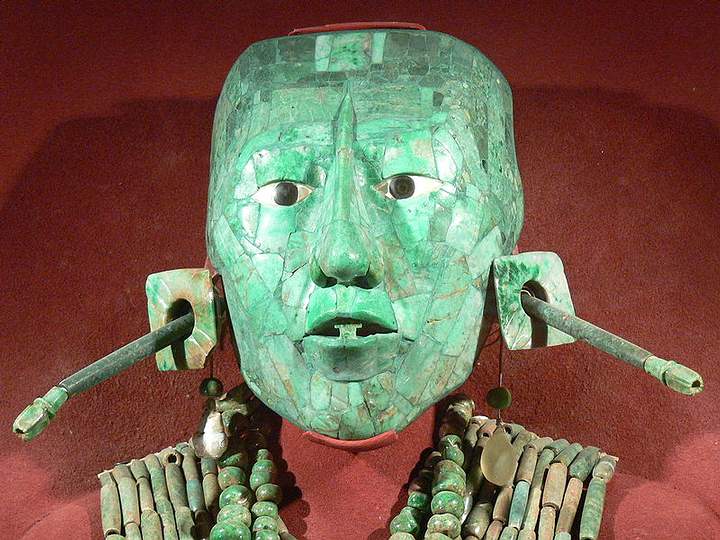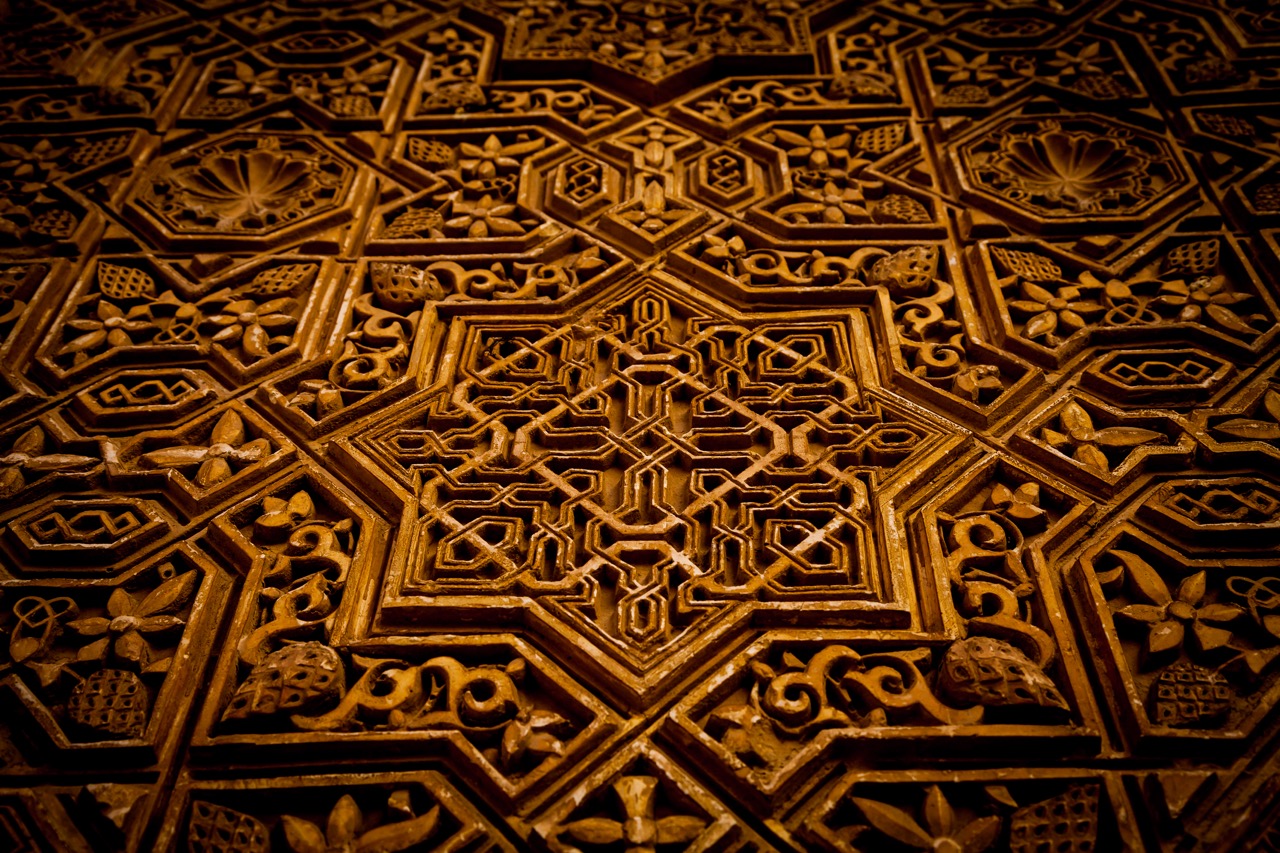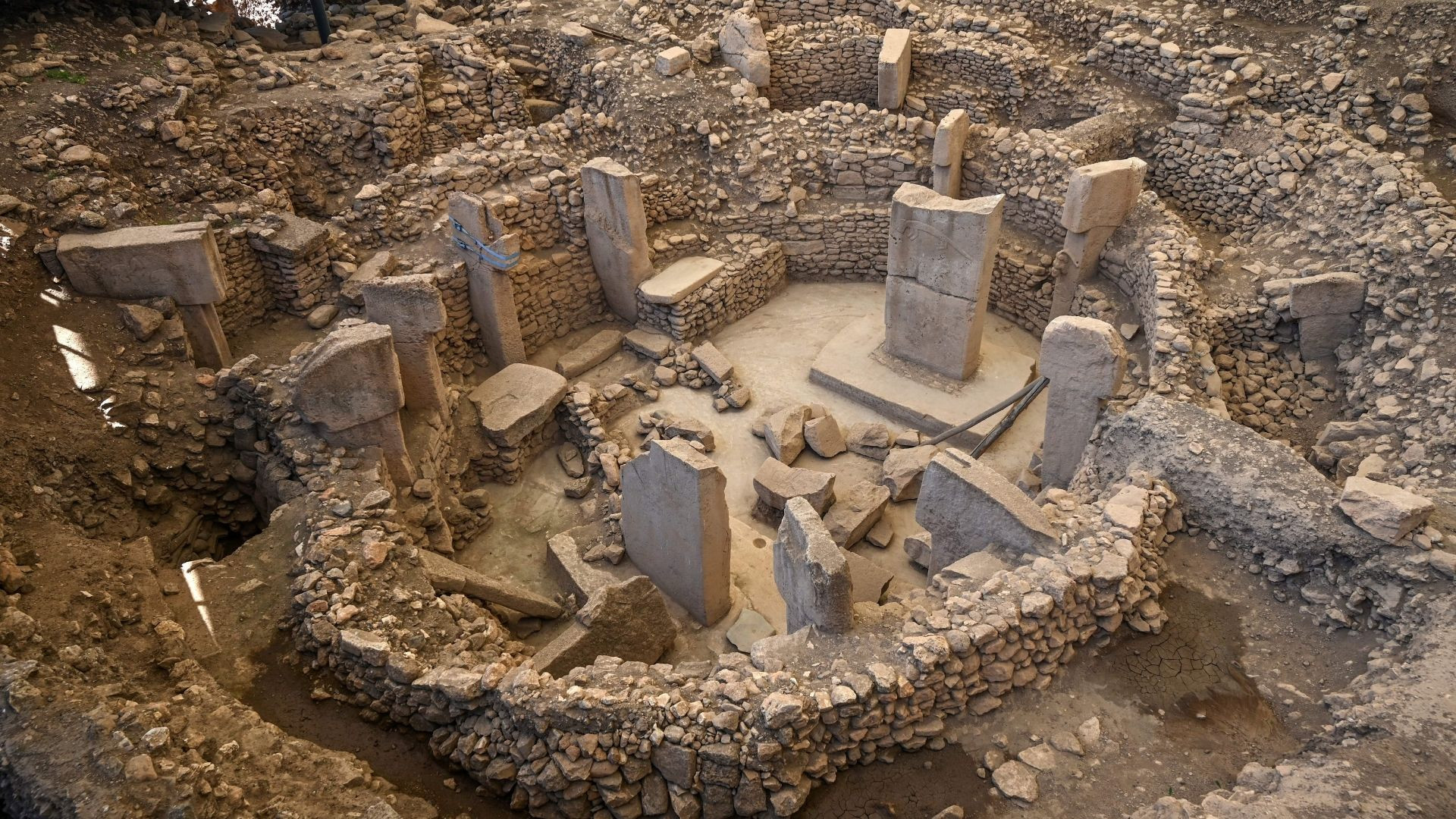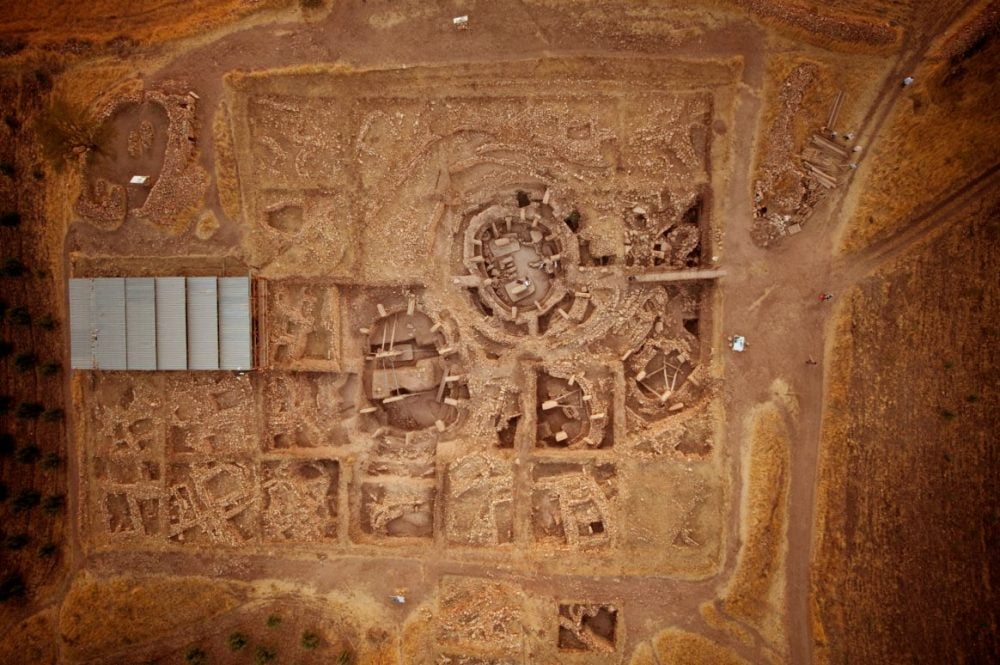Ancient Tomb Unearthed in Palenque: Archaeologists Discover Green Figurines and Offerings

Remarkable Findings Add to Mayan Cultural Wealth during Archaeological Salvage Efforts for Mayan Train Project
As archaeological salvage efforts continue in Palenque, Chiapas, the National Institute of Anthropology and History (INAH) has unearthed a tomb and a secondary burial containing offerings and green figurines.
Palenque: A Mayan Cultural Gem
Palenque, known in Mayan as Bàak’ and also called Lakam Há, is a significant archaeological site situated within the tropical forest of the eponymous municipality, near the Usumacinta River. As one of the most important Mayan cultural sites, it is on par with Chichén Itzá, Calakmul, and Tikal. Palenque is renowned for its architectural and sculptural heritage. Although only 2.5 km² of the area has been explored as of 2005, it is believed that over a thousand structures remain hidden beneath the jungle, with less than 2% of the city’s surface uncovered.
King Pakal’s Legacy and New Discoveries
The tomb of King Pakal, featuring bas-reliefs on his sarcophagus and a green jade death mask, is among Palenque’s most famous discoveries. INAH archaeologists have now found green figurines—made of turquoise rather than jade—similar in color to King Pakal’s ancient mask. These figurines were part of an offering meticulously placed in a niche alongside three plates. The tomb’s occupant, however, was not a monarch, but an important figure from the Palenque community.
Intriguing Burial Customs and the Mayan Train Project
The male skeleton found within the tomb was lying face-up and oriented north, consistent with the region’s ancient funerary customs. Additionally, the remains of a woman were discovered in a secondary deposit, most likely buried elsewhere before being rearranged in the tomb’s antechamber. Another skull was also found in the secondary burial, and analysis is ongoing to determine its identity.
INAH Director Diego Prieto reported that these discoveries indicate the completion of the archaeological salvage efforts required for the construction of the Mayan Train in the Yucatan Peninsula. The route has already revealed cave paintings and a well-preserved canoe over 1,000 years old. Prieto considers this project the most significant research endeavor in the Mayan region of Mexico. With steady progress, the Mayan Train is set to launch by the end of the year, connecting Caribbean tourist destinations with lesser-known inland sites, including the historic Mayan locations from which it takes its name.
📚📖 Make sure to join Ancient Library on Telegram, and become part of a unique group 👉🏻 https://t.me/theancientlibrary
If you want to help us out and support the page, you can buy us a coffee ( we really appreciate it) 👉🏻 https://www.buymeacoffee.com/ancientlibrary



